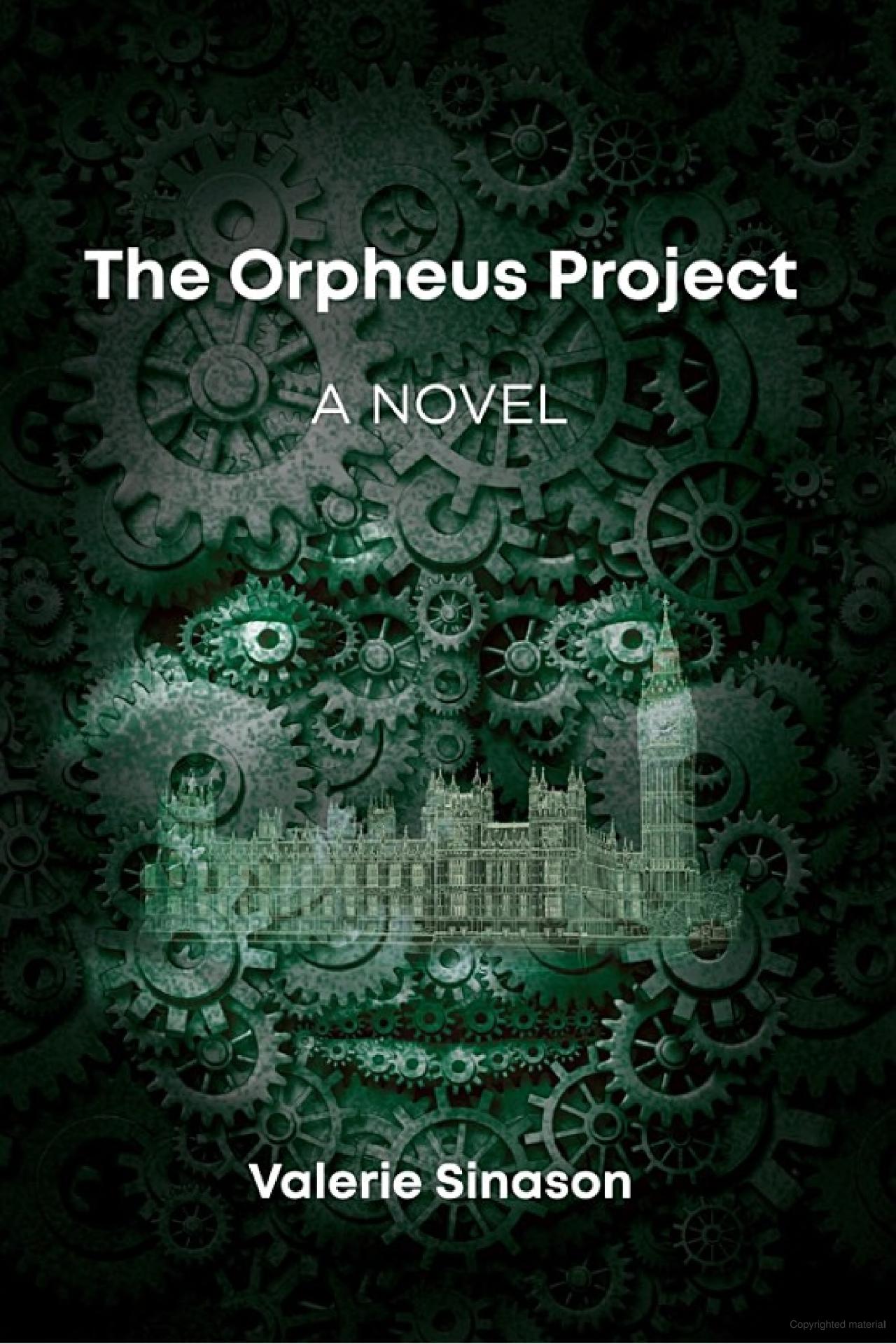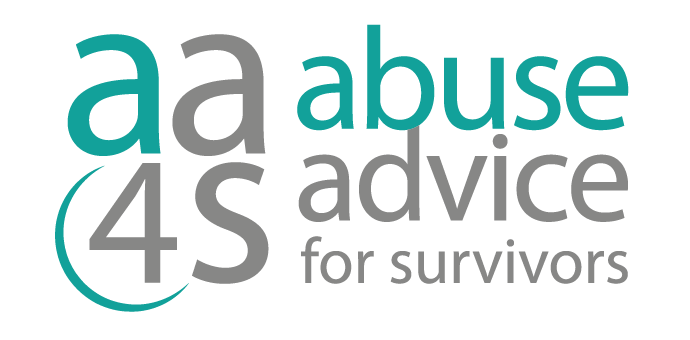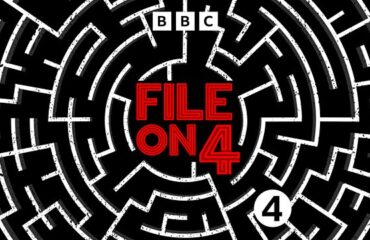
When I was contacted by the publishers of a new novel by the highly regarded psychotherapist Valerie Sinason, I was immensely intrigued by her obvious transition from highly accredited professional to novel writer. I have known of her reputation for many years in the field of ritualistic abuse and dissociation, which in itself is controversial and a taboo subject for some accredited professionals, including some lawyers and judges, myself excluded, of course. What better way to spread the word and sideline the disbelievers than to write a fictitious novel on the subject? But would the author transition successfully from professional and poet to novelist?
So what is the book about?
I think I can do no better than to quote the excellent summary on the back cover of the book.
“It’s Christmas Eve, and a young woman with Down’s syndrome has just disclosed abuse by two men. The problem is that she is a member of the British aristocracy, and the men she accuses are a top-ranking politician and a rock star. This is the word of conspiracy theories. The Orpheus Project and the secret society that surrounds it, seek to offer its members immortality through purposefully installed dissociative disorders. How does a national health team struggle with the situation of alleged abuse by the elite and super-rich?
At the core of this powerful novel is the story of a mother and daughter who find a way of reuniting and the revealing of the long-term consequences of childhood trauma.”
The book is written as a chronological snapshot of events at not only the trauma unit where the professionals are looking after the abused Down’s girl, but also the home of her father, the Minister of Health, the gay child abuser, Ian Anderson, deputy Prime Minister, and the home of Lord Glendale, a billionaire philanthropist who has funded the building of a residential care home for the aristocratic but disabled Lady Rose, the victim of the abuse. The time span is short for a 400 page book with a lot of detail to cram into the period of time between Christmas and New Year 2012/13. There are so many characters in the story that the author provides a dramatis personae at the end of the book, something I found very useful in order to follow events.
There is no doubt that this book stems from many years of working in an NHS facility which is desperately trying to cope with allegations of abuse by several powerful individuals who use the immense power at their fingertips to prevent the abuse allegations from ever coming out. As it is a work of fiction, one never knows how close to real-life events the allegations are. One can only imagine.
One constantly feels the tension of having to work over a Christmas holiday when most of us are earning a well-deserved break, particularly when abuse allegations against a powerful political figure connected with an aristocratic family are made. To top it all, the billionaire philanthropist is tangled up with the Secret Society, or cult, who are protecting the deputy prime minister abuser in the hope of using him to gain political power in the future. On top of all that, the doctor in charge of the new home for the victim of abuse specialises in the study of False Memory, which is the belief that allegations of abuse are false memories which can be implanted by irresponsible hypnotherapists. False memories are, of course, manna from heaven to the alleged abuser.
Thankfully, the psychology team play a straight bat, and involve the police, who set up a special enquiry called a CHRIS. This is a genuine investigation on a highly confidential basis, hampered, it seems, by the fact that the main witness has Down’s syndrome and is hamstrung because the alleged abuser is at the top of the political establishment. The question is whether disaster will strike, the abuser will be charged, and the pile of cards will come tumbling down, as they should. The reader I can tell you, is a campaigning child abuse lawyer who acts for the victims of abuse. He desperately wants justice for the victim but disaster for the abusive cult, as you would expect. Spoiler alert: I am not going to tell you how it ends; you will just have to read the book yourself.
What are the wider issues which the book exposes?
At the end of the book, the author provides a question and answer section for reading groups, which I found fascinating, and food for much thought in my role as President of the Association of Child Abuse Lawyers, and a practising lawyer acting for victims in the field of child abuse. I have been pilloried for speaking out on behalf of victims, and criticised by those with a self-interest in supressing the reality of widespread child abuse in society.
I remember particularly doing a blog about the reality of ritualistic abuse, after the headless body of a boy had been fished out of the Thames, and African Witchcraft a suspected involvement. I was ridiculed by the nay sayers for even accepting that there was such a thing as ritual and satanic abuse.
I can only empathise with someone who has spent a lifetime trying to convince not only fellow professionals, but also those who are, perhaps, afraid of the reality of believing such a thing exists, that it is not too fantastic to accept that abuse in a ritualistic setting is real and not imagined or implanted.
Valerie points to the reality of abuse transcending every echelon of society, rather than being confined to children’s homes and the poor, as was believed when I first starting doing child abuse cases in 1994.
In fact it was only after the Jimmy Savile scandal that it struck the likes of Patricia May that there was a need for a wide ranging Public Inquiry into Child Sexual Abuse. Sadly the Westminster Module did not uncover the scandal that the likes of Carl Beech, and Tom Watson MP believed existed. I was involved in it. It only scratched the surface of evidence that frankly was already in the public domain.
To use a work of fiction as an outlet for a belief that when abuse allegations are levelled at people in positions of power, backs turn to the wall, and the machinery of justice turns very slowly indeed, is a clever, and intriguing device, which I think is admirable.
The author wants to draw attention to a number of issues including Boarding School Syndrome namely the cruelty caused by a system of education which parts a child from its parents at the age of 7. She does this by giving Professor Franks, who is in the charge of the newly endowed Glendale Unit, and the False Memory expert, a dose of it.
The author explains that she has chosen a disabled adult as her heroine because that is her practical experience as a professional. Even more shocking is her revelation that 80% of her clients had been the subject of abuse.
What did I think of the book?
There is no doubt that the characters are all accurately crafted due to the author’s lifelong experience of an NHS Mental Health Unit specialising in dissociation and learning disabled patients. There were so many different characters, and scenes all running in parallel that sometimes I had difficulty keeping up with who was doing what to whom. The dramatis personae helped a lot.
The book is described as a psychological thriller which builds tension as the opening of the new Glendale Unit approaches with the possibility that Lady Rose, the victim of abuse will go public with her allegations of abuse, and bring the whole edifice tumbling down. Will she, won’t she, that is the question.
The book is a real insight into the shocking and, at times, unbelievable world of ritual and satanic abuse. It gets important messages across through the use of fiction and hammers home the way in which the rich and powerful can use their influence to get away with murder, literally. A very clever use of the medium of the novel to highlight conflict within professionals and cover-ups at the highest level.
by Peter Garsden, Solicitor. For help on any aspect of this article, or, indeed, any aspect of abuse cases, please contact us by filling in our form.



